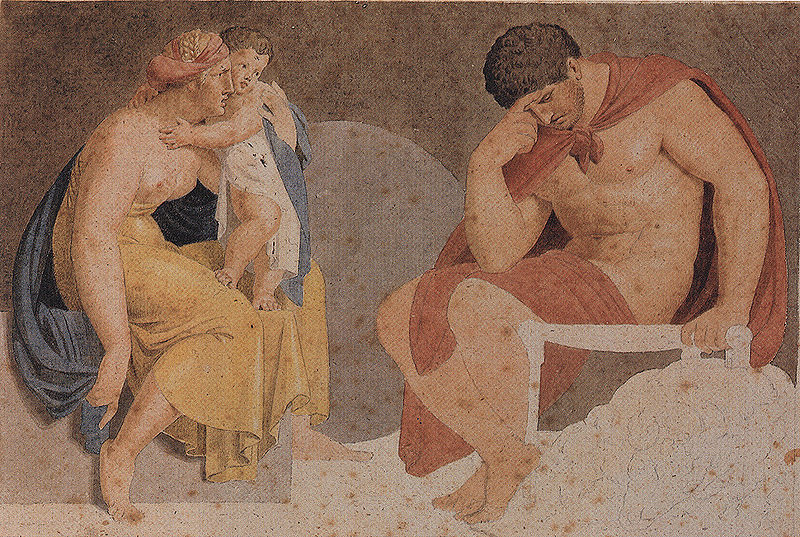Relating to CC101’s study of Greek tragedy, Core humanities Professor Hamill published an article earlier this month for the Theatre Commons’ HowlRound on the Trojan War on Boston’s stages and it’s relation to our understanding of modern warfare. She writes:
Homer’s epic, the Iliad, has become the standard-bearer for the theater’s understanding of war and its aftermath. The playwrights Aeschylus, Sophocles, and Euripides all borrowed and adapted characters from Homer’s epic to engage with the Persian and Peloponnesian wars in their Athenian tragedies. Shakespeare did it in Troilus and Cressida and Marlowe gave a nod to the cause of the war (Helen) in Doctor Faustus with the infamous line, “Was this the face that launched a thousand ships?” It could be argued that every playwright who grapples with representing war on stage writes in the shadow of Homer’s Troy since the intersection of theater and war begins with that war. Recent scholarship even suggests that the battle in the Iliad itself functions as a kind of performance space, which might be why adaptations are so attractive to playwrights. In her recent book, Homer’s Trojan Theater, Jenny Strauss Clay reminds us of the importance of seeing and frames the field of battle in the Iliad as a kind of performance space for a divine audience. Clay designates the space of war—the battlefield—as a staging area that includes “exits and entrances,” as well as divine audience members for some of the greatest performances ever seen in war by heroes like Hector, Ajax, and Achilles.
Read the full article here.

